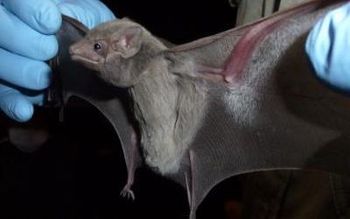
News






For the first time, the WHO Prequalification of Medicines Program has prequalified a medicine for treatment of a neglected tropical disease. NTD002, is a 100 mg tablet of diethylcarbamazine (DEC), manufactured by Eisai Co., Ltd., a Japanese pharmaceutical company, that has committed to donate over an initial six-year period 2.2 billion DEC tablets to WHO, for use in preventive chemotherapy aimed at elimination of lymphatic filariasis. Acceptance of the donation by WHO was dependent on prequalification of the product by WHO, to verify that it meets international pharmaceutical quality standards.










A 100 percent genetic match for Middle East Respiratory Syndrome (MERS) has been discovered in an insect-eating bat in close proximity to the first known case of the disease in Saudi Arabia. The discovery points to the likely animal origin for the disease, although researchers say that an intermediary animal is likely also involved.












